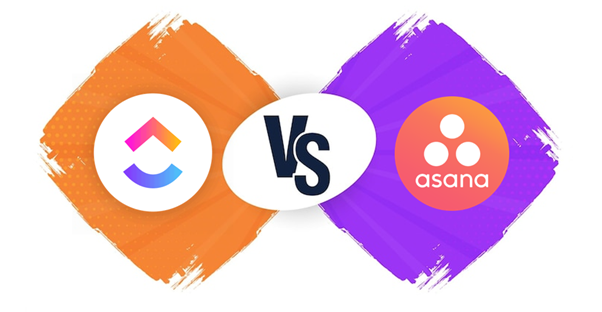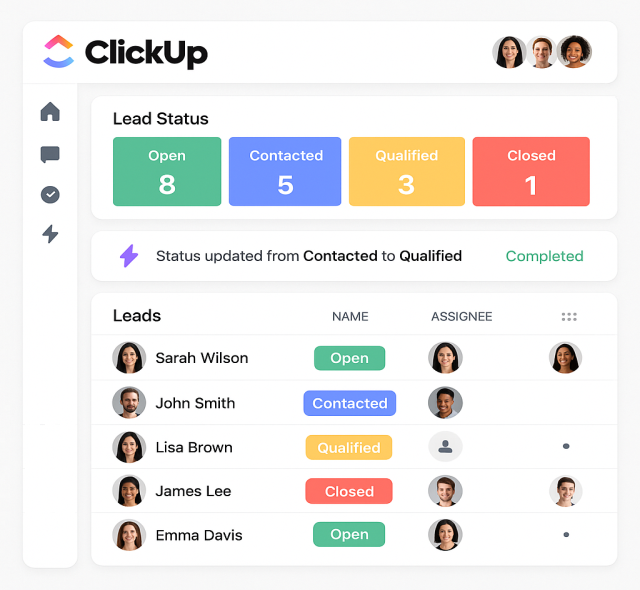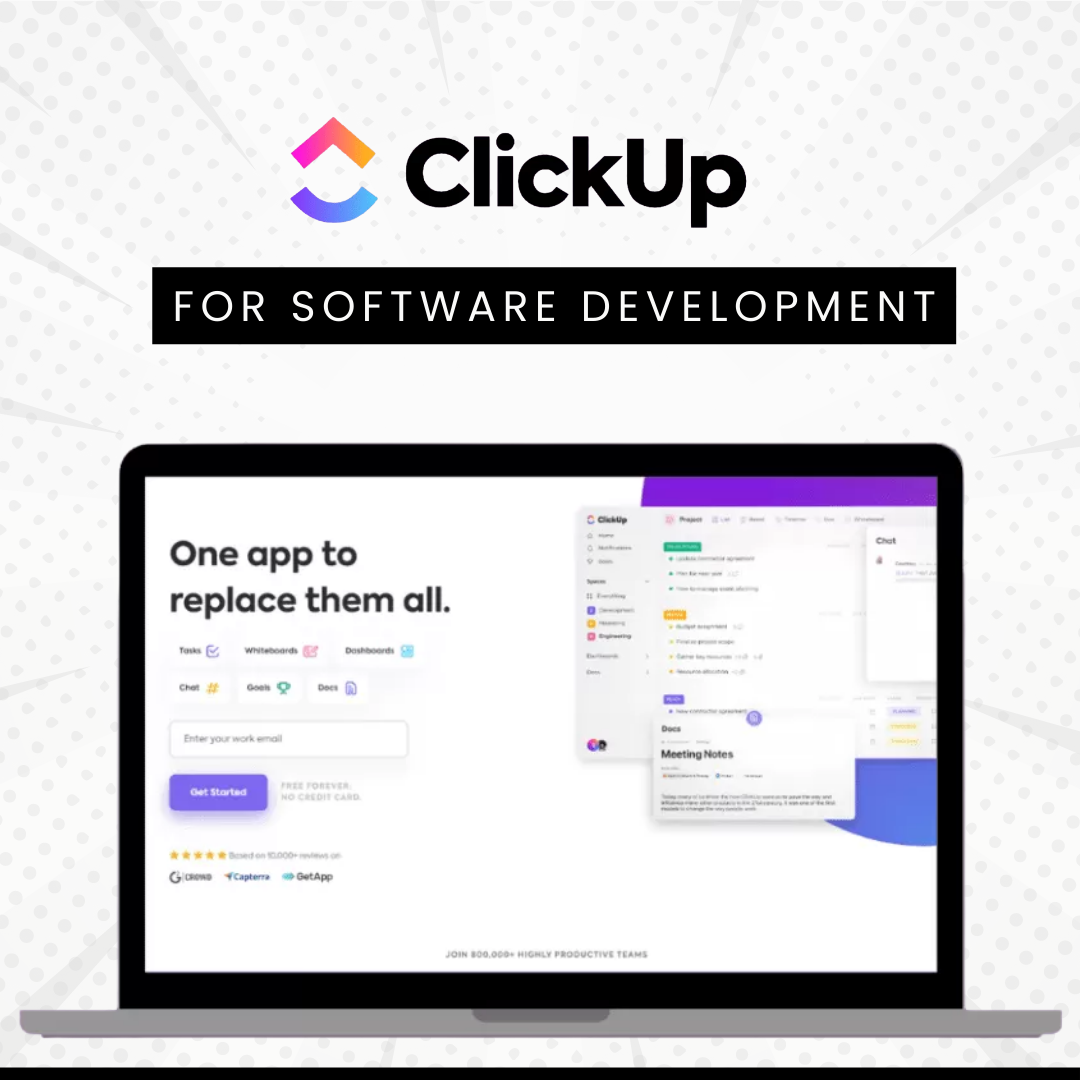
In the evolving digital work management scene, the two platforms that most frequently lead the front runners for groups seeking productivity are ClickUp and Asana. Although both are popular, their philosophies and products are quite distinct.
ClickUp is a response to the one-size-fits-all inflexible limitations of Asana. Founders who were among the early adopters of Asana were frustrated with the inability to customise the product. ClickUp is designed to flip the model on its side, offering flexibility, richness and control so teams can build their own workflows instead of having to work within a tool’s constraints.
As a result, more than 8,000 teams in total moved from Asana to ClickUp last year.
Reasons are listed below:
1. Traceability And Transparency Across Teams
Asana’s project-orientated design has a natural inclination to build silos. With multiple projects, executives and managers can’t get a single view of the progress. There is no “one screen” to display all the projects that are running in parallel without expensive dashboard customisations.
ClickUp’s three-layer scale-up architecture—Spaces, Folders and Lists—provides leaders immediate access without additional tools. Everything View, Live Activity Pulse and Universal Search functionality enables simple tracking of all workstreams in a single location, providing visibility and departmental decision-making.
2. Seamless Customer Collaboration
Customer teams extensively use ClickUp’s guest access feature with the capability to share controlled visibility with clients within a shared workspace. Permits can be entirely tailored to the teams’ requirements to work with external stakeholders without sacrificing internal information.
ClickUp also supports public views, which give customers a snapshot of actual-time project activity without even logging in. This establishes trust, makes communication easy and relieves one from status update emails especially for teams that have multiple client projects.
3. Strong In-Platform Collaboration Features
ClickUp simplifies collaboration by incorporating communication tools natively inside the platform. Unlike Asana, which uses third-party integrations to further communicate, ClickUp boasts:
• In-app email and chat
• Multiple assignees
• Assigned comments for responsibility
• Integrated visual content proofing
This removes the need for teams to balance several platforms to stay synchronised, and thus, collaboration is simplified and enhanced.
4. Cost Saving Through Tech Stack Consolidation
One of the primary distinctions between Asana and ClickUp is feature bundling. Asana necessitates dependence on third-party tools for essential features like time tracking, whiteboards and sprint planning. This increases complexity and expense.
ClickUp organically integrates all of this into the product. With 30+ no-code ClickApps, teams can customise their space to fit individual processes—without the need for third-party tools. And not only that, it also saves cost and boosts productivity by avoiding tool sprawl.
5. Agile-Ready And Enterprise-Scalable
ClickUp is designed for teams of all sizes and types. Whatever your implementation of Agile, Waterfall or a hybrid model, ClickUp fits.
• Native sprint planning and reporting
• Time estimates and timesheets
• Custom and dependent task types
• Monitoring goals and milestones
It is thus particularly well-suited for product, engineering and operations teams that need current updates on work status and organised workflows.
6. Smarter User Management
In Asana, it’s simple for anyone to invite people into a workspace—sometimes without admin permission. That causes issues when companies do contract renewals and discover they’ve invited more users than they intended to with associated surprise invoices.
ClickUp offers robust admin-level capabilities, allowing organisations to have more control over licenses and users, avoiding budget creep and improved governance.
Final Verdict: ClickUp Wins On Flexibility, Features And Future-Readiness
While Asana is great with tiny teams with linear workflows, its shortcomings comes painfully to the forefront when businesses grow. ClickUp makes up for Asana’s shortcomings—offering unparalleled flexibility, transparency and control in one location.
For companies looking to simplify their tech stack, enhance collaboration and gain end-to-end visibility into projects and performance, the best choice is ClickUp.
Still weighing ClickUp against Asana? AffableTech helps agile, team-driven organisations unlock ClickUp’s full potential with AI-powered tools and seamless integration.
Discover how ClickUp can streamline your operations and enhance collaboration at every level. Schedule your free personalised demo with AffableTech India today and take the smarter step forward.



